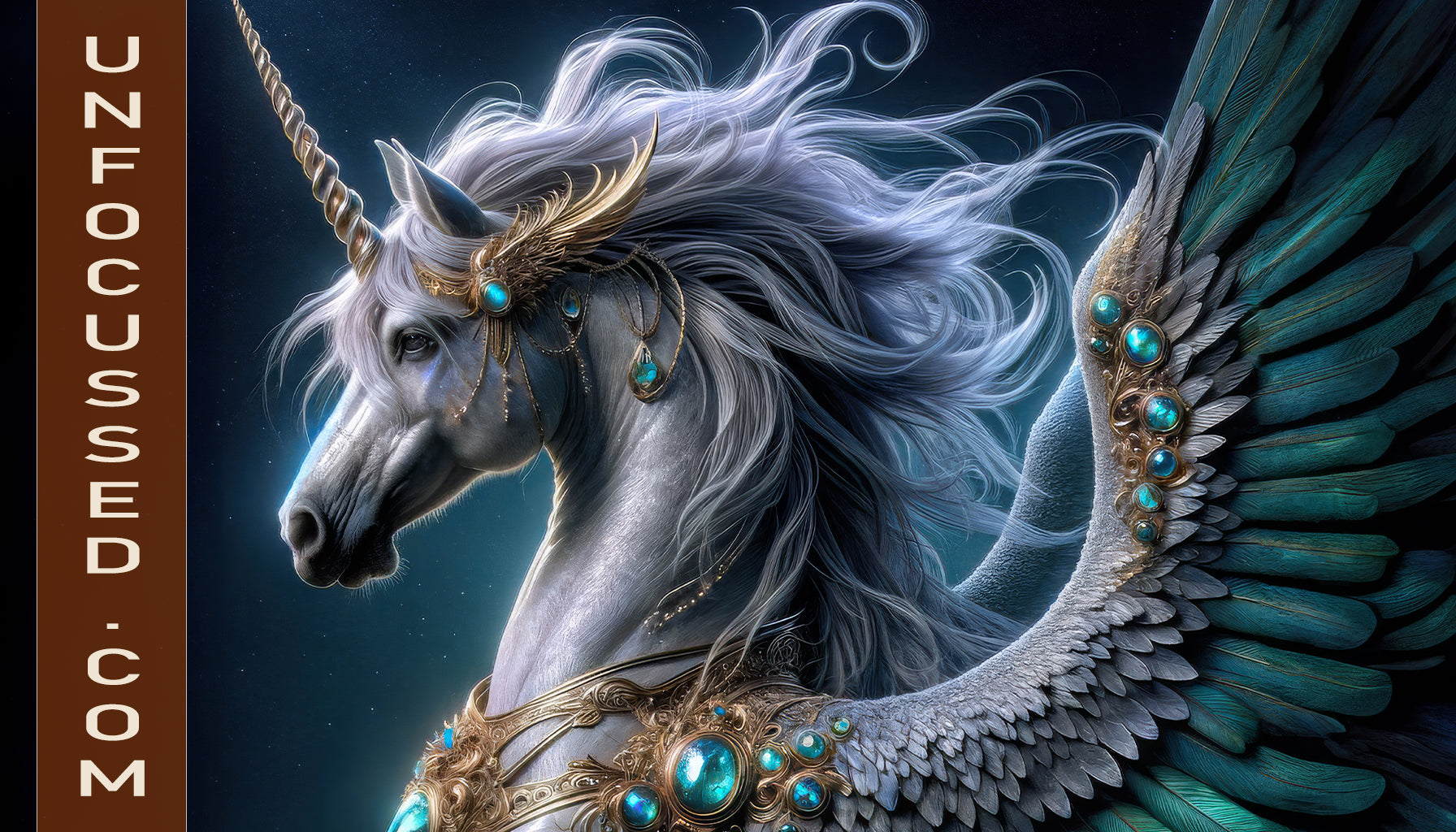Must Read
The Royal Ripple Effect: Unveiling the Power Behind the Crown
The British royal family has always been a source of fascination, steeped in tradition and history.
Yet, as much as they captivate the world, there's an intricate web of power dynamics, protocols, and personalities operating behind the scenes.
Author Valentine Lowe's latest work, Courtiers: The Hidden Power Behind the Crown, delves into this enigmatic realm, particularly during the period when Meghan Markle entered the royal fold through her marriage to Prince Harry.
This book goes beyond the surface of royal biographies, offering an insightful glimpse into the inner workings of the monarchy.
At the heart of Lowe's narrative is the journey of Meghan Markle, a successful American actress who, upon marrying Prince Harry, aspired to transform her royal life into something akin to global stardom.
Often referred to as the “Beyoncé of the UK,” Meghan envisioned herself as a modern icon.
However, the reality of royal life proved to be a stark contrast, filled with rigid expectations and traditions that left her feeling constrained.
British TV host Lorraine Kelly humorously pointed out the absurdity of Meghan's comparison to Beyoncé, highlighting the chasm between her aspirations and the realities of royal duty.
The clash between Meghan's ambition and the entrenched customs of the royal family created significant friction.
In the world of royalty, duty reigns supreme, often overshadowing individuality.
Meghan and Harry found themselves grappling with the stringent protocols governing their public appearances and private lives, leading to mounting frustration.
According to Courtiers, Meghan often felt isolated and misunderstood, which only intensified the tensions within the royal household.
A pivotal moment in this saga was the Sandringham Summit, where the Queen made it abundantly clear that Harry and Meghan had to choose between a full commitment to royal life or stepping away entirely.
This meeting marked a turning point, crystallizing their decision to leave the royal family, a departure that would soon be dubbed “Megxit.”
The fallout from this choice reverberated throughout the monarchy, exposing the fractures within the royal family.
Lowe's book sheds light on the behind-the-scenes discussions that led to this seismic shift.
It reveals the contrasting styles of Meghan and Queen Elizabeth, particularly during a tense exchange over a wedding menu tasting where Meghan's directness clashed with the Queen's composed demeanor.
This incident underscores the cultural differences at play—Meghan's American assertiveness versus the traditional British decorum upheld by the royal family.
Another flashpoint was the disagreement over flower girl dresses, a seemingly trivial issue that the media blew out of proportion, further straining relationships within the royal circle.
These moments illustrate how small conflicts can escalate under the scrutiny of the press, highlighting the stressors faced by those within the royal family.
The Sandringham Summit ultimately led to a definitive decision: Harry and Meghan would relinquish their roles as senior royals, giving up their HRH titles and pursuing financial independence.
This marked a significant shift in the monarchy's landscape, raising questions about the future of the institution itself.
Beyond the immediate consequences for Harry and Meghan, Megxit sparked widespread debate about the monarchy's relevance in contemporary society.
As the couple embarked on a new chapter, they aimed to champion causes close to their hearts, yet they were met with intense public scrutiny.
Some viewed their decision as a courageous step toward personal freedom, while others criticized them for abandoning their royal responsibilities.
The royal family, particularly Prince William and Kate Middleton, now faced increased responsibilities and public expectations.
With Harry and Meghan's departure, the dynamics within the family shifted, compelling them to reassess their roles and how they engage with the public.
Courtiers not only chronicles Meghan and Harry's experiences but also explores the unseen forces shaping royal decisions.
The courtiers—advisors and aides—play a crucial role in managing the monarchy's affairs, often acting as gatekeepers between the royal family and the outside world.
Their influence can create tension, especially when their loyalty to tradition conflicts with the desires of more modern-thinking royals like Meghan.
Moreover, the media's role in this narrative cannot be underestimated.
The British tabloids have a complicated relationship with the royals, simultaneously elevating and undermining their public image.
For Meghan, the relentless media attention became a source of distress, leading her to feel cornered and misunderstood.
The racial undertones of the media's scrutiny added another layer of difficulty, isolating her further from the royal family and the public.
As Harry and Meghan navigated their exit, they took control of their narrative through strategic media appearances, including their high-profile interview with Oprah Winfrey.
This moment allowed them to share their story on their own terms, but it also highlighted the ongoing challenges they face in redefining their identities outside the royal framework.
Public opinion on their departure remains sharply divided.
While some view them as victims of an antiquated institution, others see their actions as a betrayal of royal duty.
The couple's move to California has been embraced by many in the U.S., where they have become advocates for mental health and social justice, further complicating the narrative surrounding their departure.
Looking ahead, the monarchy is at a crossroads.
King Charles III must navigate the delicate balance between honoring tradition and embracing modernization.
The future of the royal family hinges on how well they adapt to changing societal expectations while maintaining their historical significance.
In the end, Courtiers offers a profound exploration of the British monarchy, revealing the intricate power dynamics at play.
Through Lowe's lens, we gain insight into the challenges faced by royals today, making this book essential reading for anyone intrigued by the complexities of royal life.
The hidden power of courtiers continues to shape the crown, reminding us that the monarchy is as much about the people behind the scenes as it is about the figures in the spotlight.




















